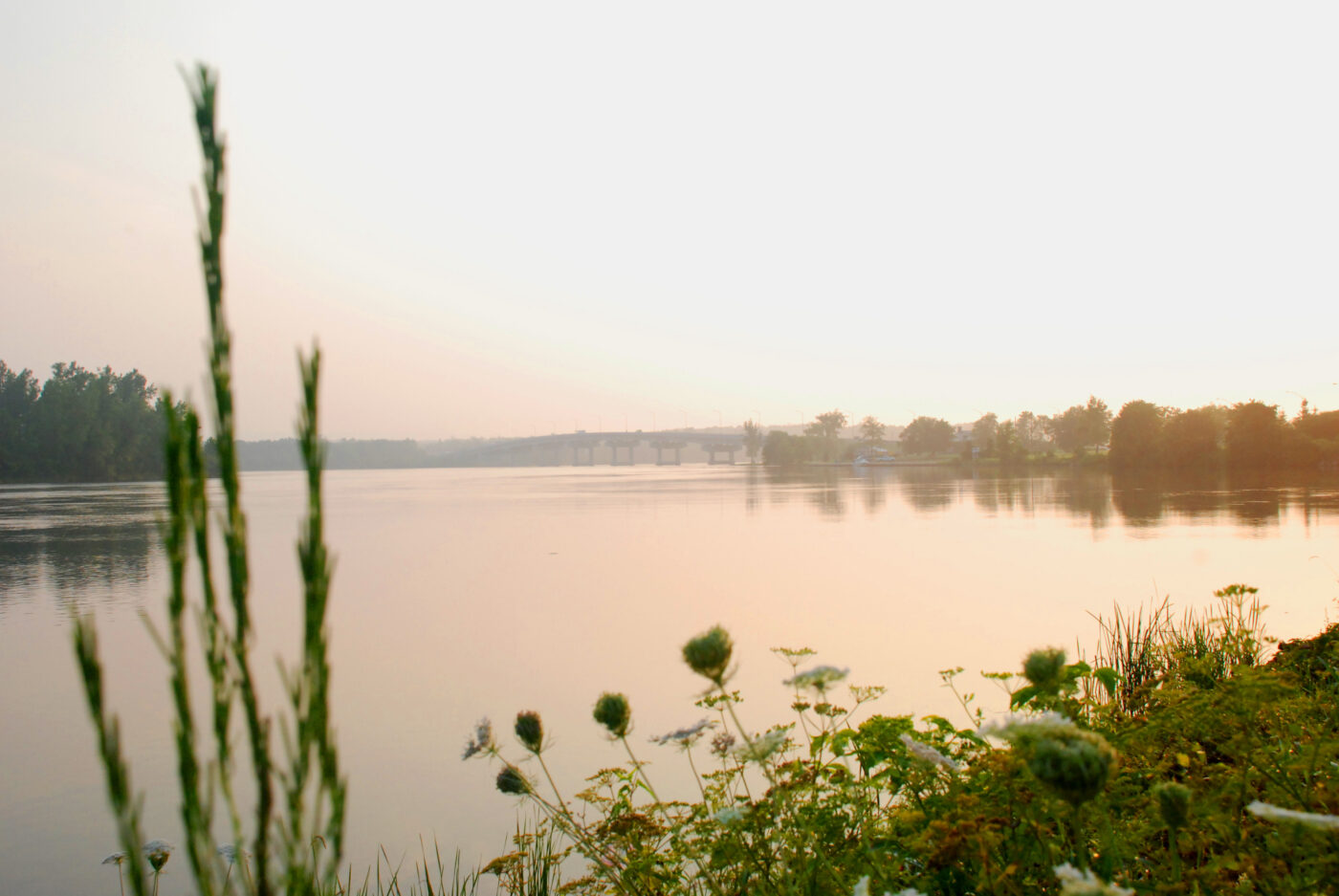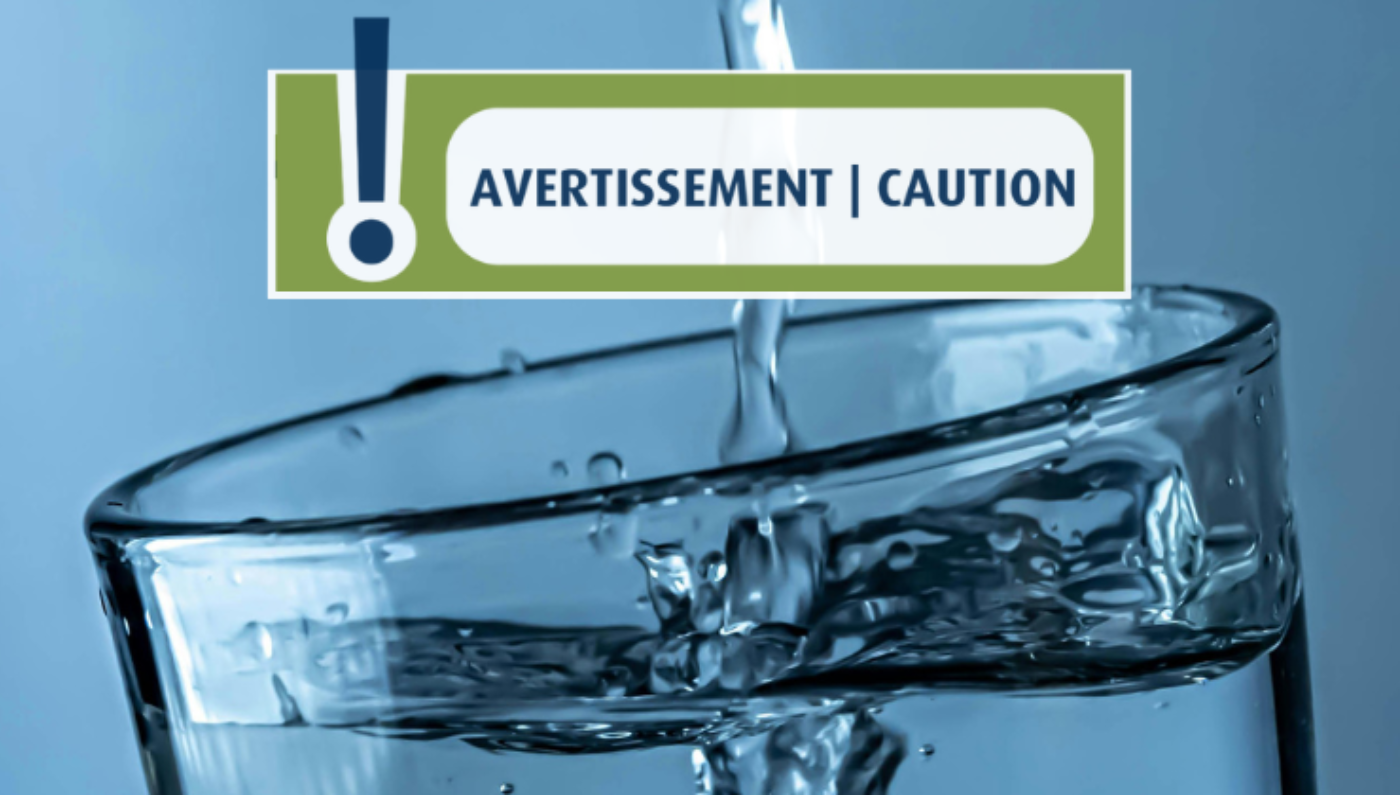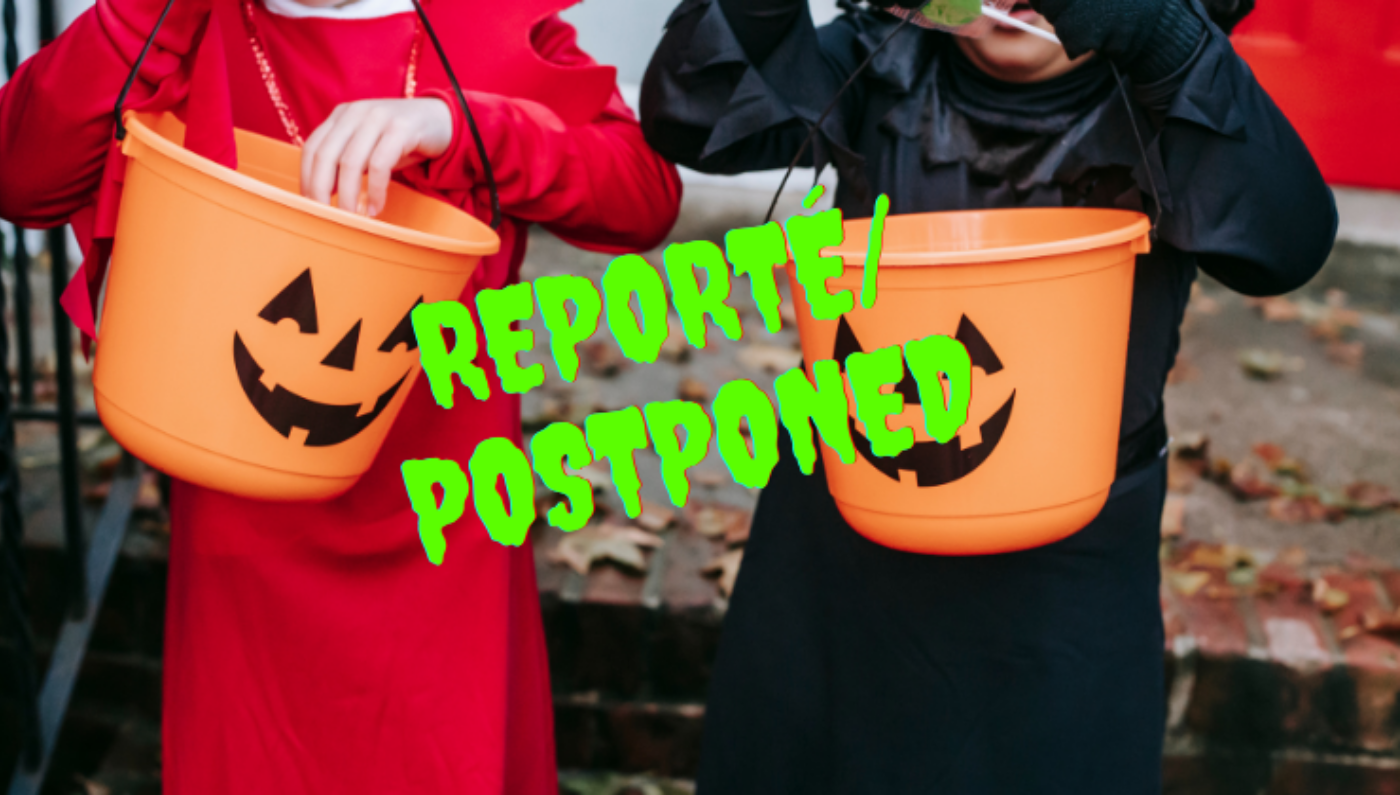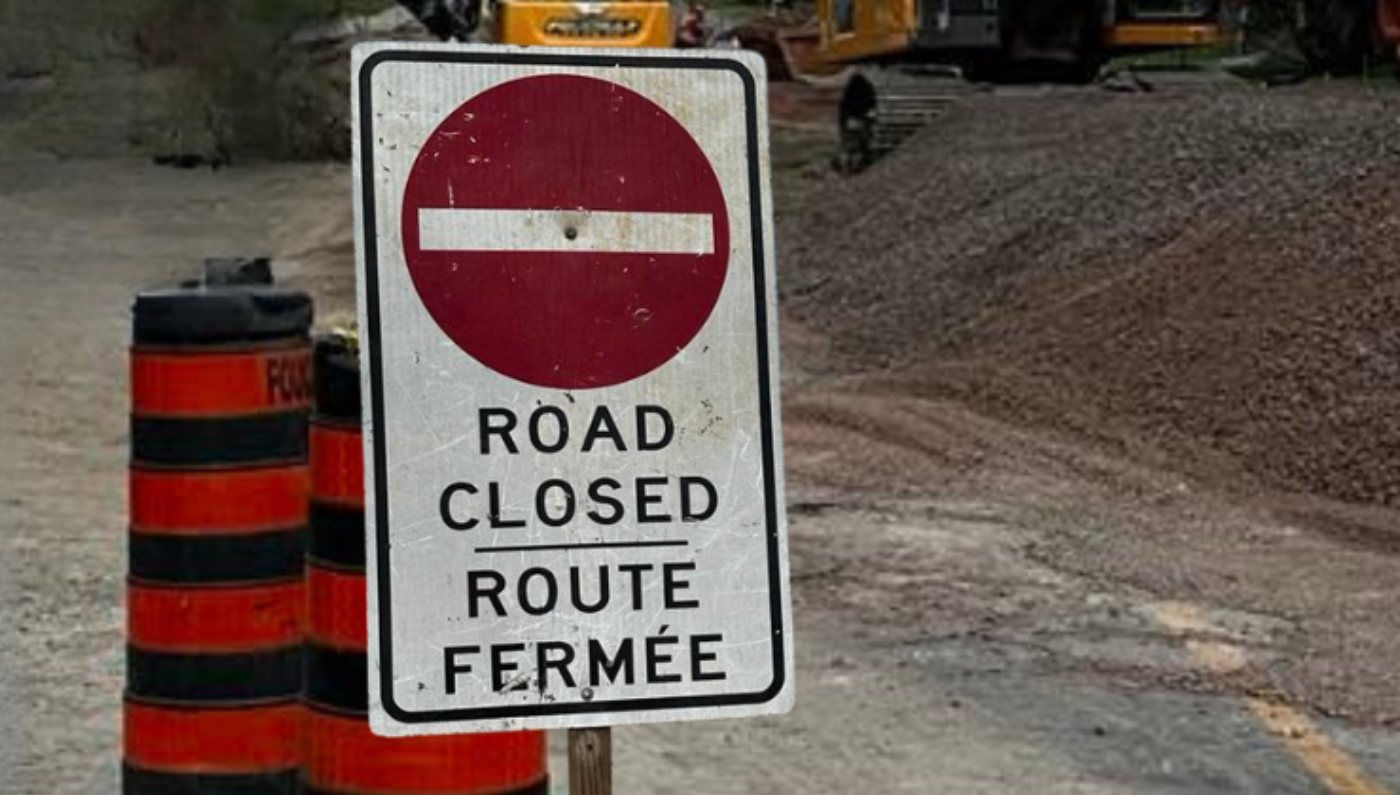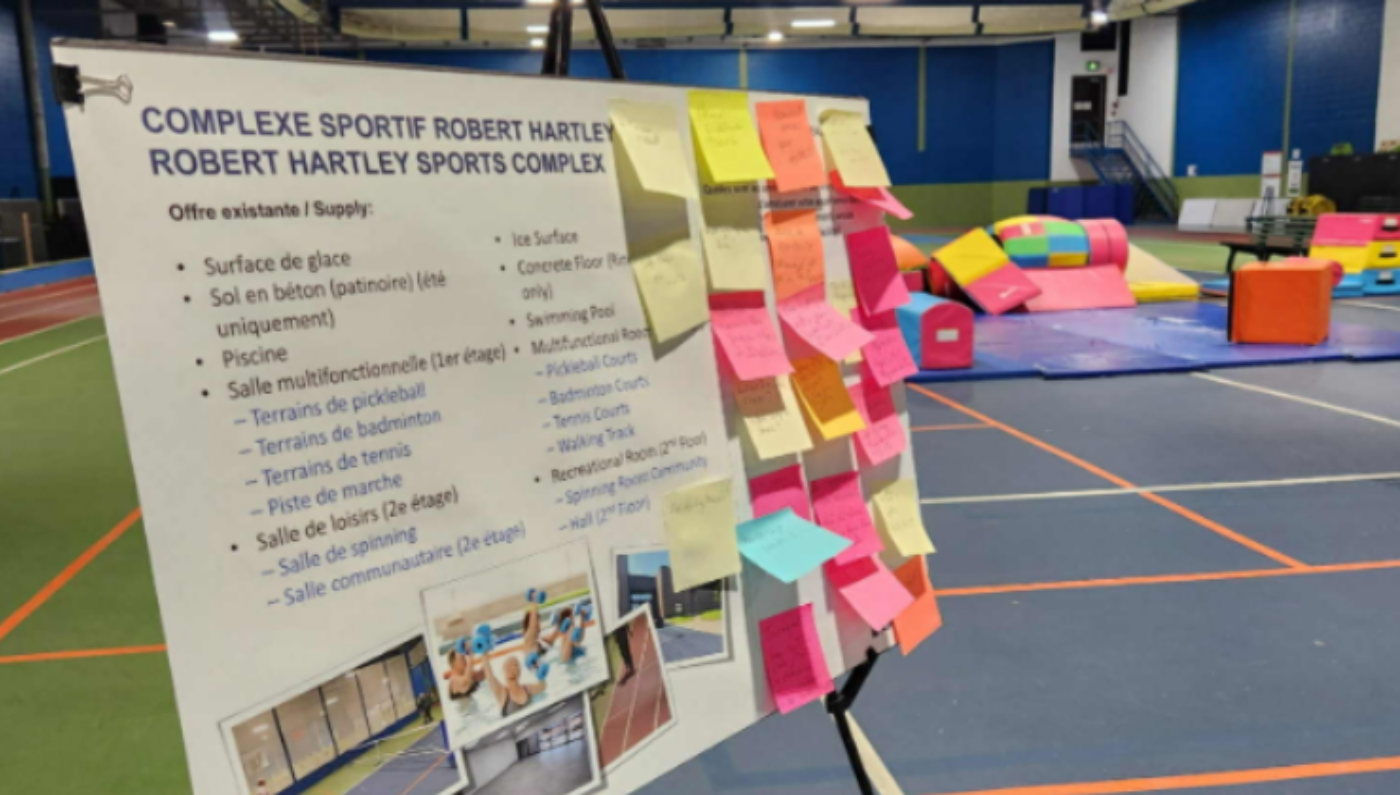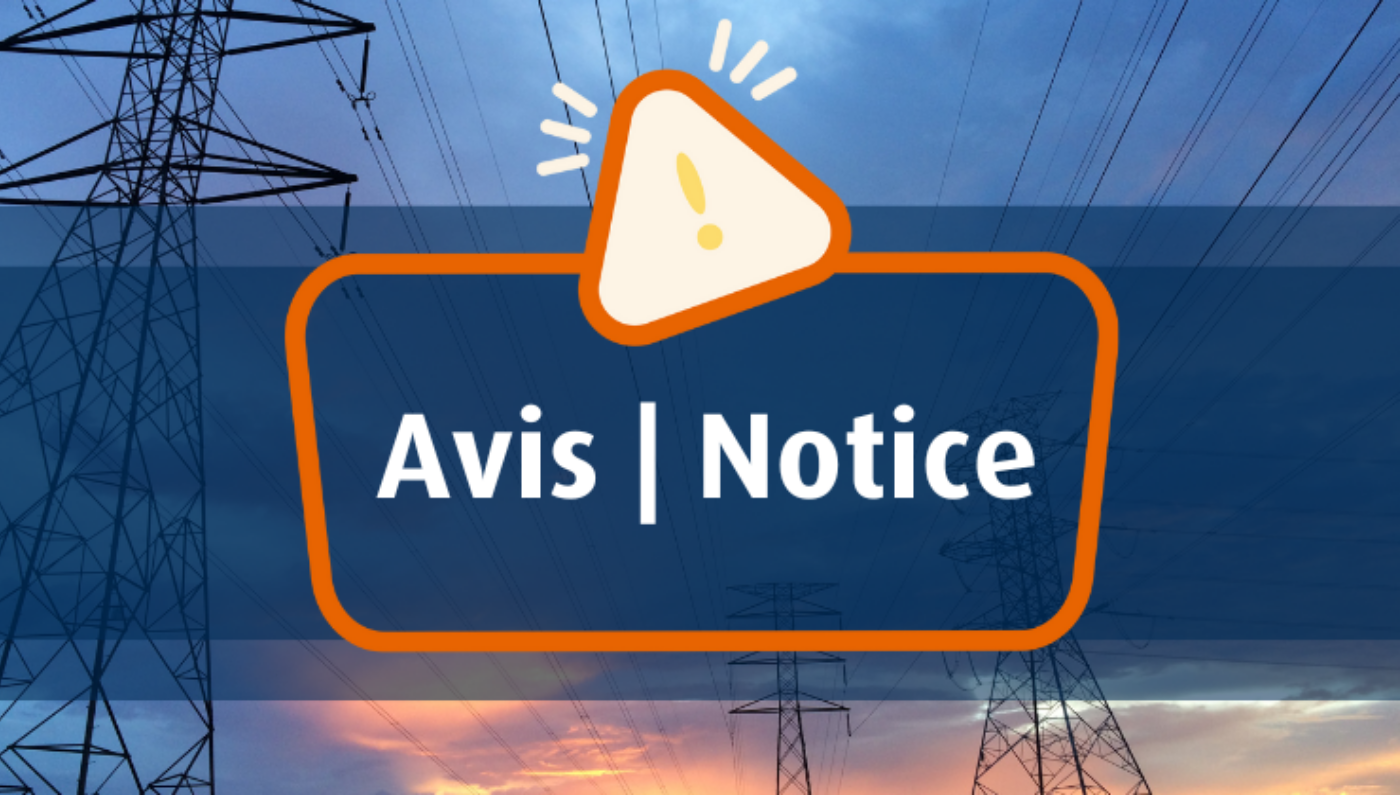Upcoming Events
The activity calendar consists of activities offered by the Town as well as by recognized organizations. Each organization is responsible for adding its events to the calendar and for providing and sharing accurate information.

November 15, 2025
•
Programs & Events
Story Time
Bilingual activity for 4 to 6 year olds. Registration required.
Location: Hawkesbury Public Library, 550 Higginson, Hawkesbury, Ontario, K6A 1H1
Time: 11:00 to 11:45

November 16, 2025
•
Programs & Events
Dimanches Bleus/Blues
Une série de dimanches tout en musique avec Didier Chasteau au piano et ses complices musiciens invités… un dimanche à la fois.
Location: 2 rue John Hawkesbury, on
Time: 15:30 to 17:30

November 20, 2025
•
Programs & Events
Youth Club
Bilingual activity for 7 to 11 year olds !!! Registration required !!!
Location: Hawkesbury Public Library, 550 Higginson, Hawkesbury, Ontario, K6A 1H1
Time: 18:00 to 19:00
Need to contact us?
Contact us for any questions or concerns related to municipal services. For by-law enforcement complaints, please fill complaint form.
* Thank you for treating Town employees with respect. Any form of harassment will not be tolerated.

